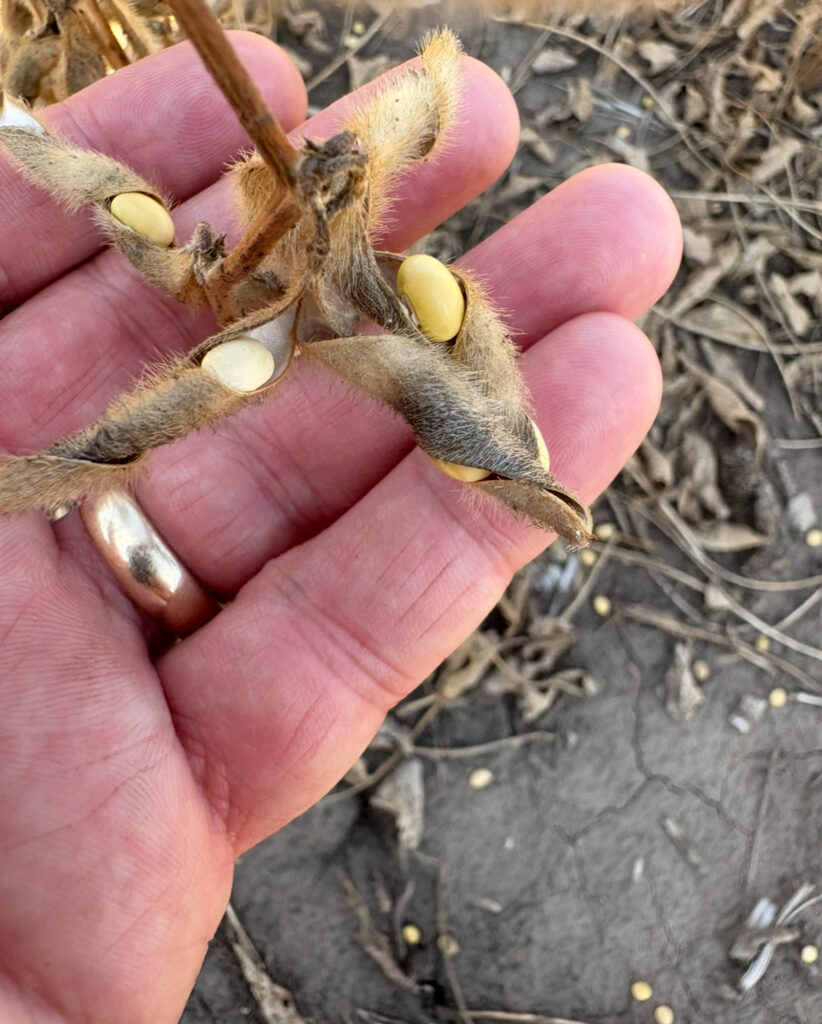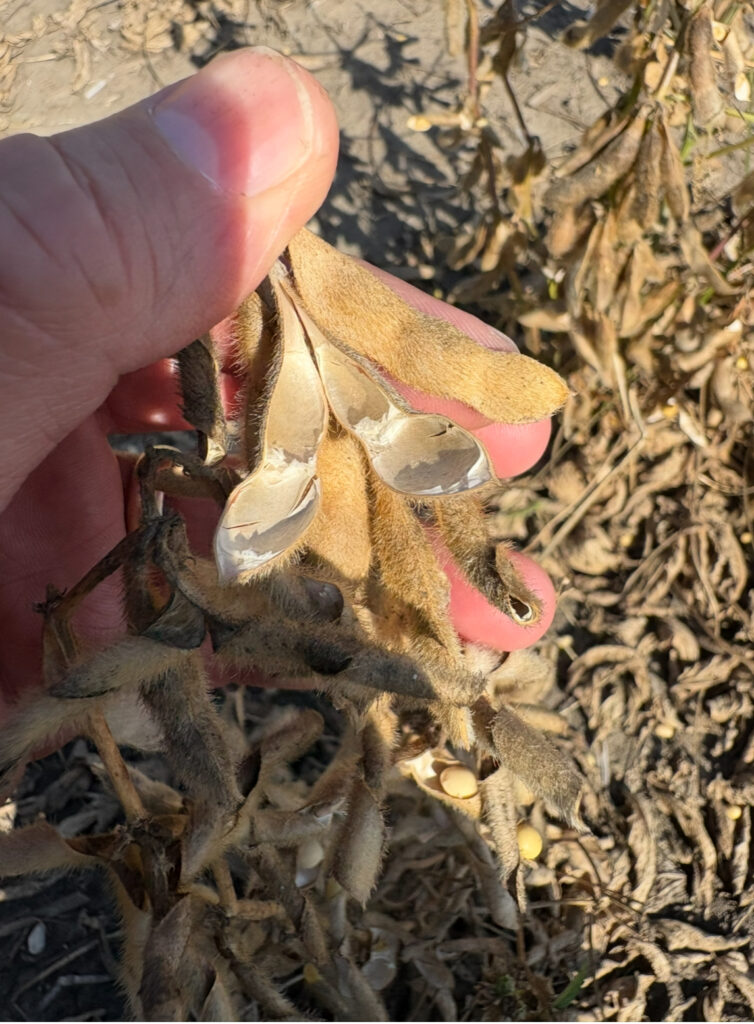Let's begin this blog with a quick point of clarification. While the Good Book is incredibly important to me, what follows is not a Sunday School lesson. What follows, in this article, is a soybean story, but you will need to bear with me to get there.
Three of the four gospels contain a parable that goes something like this:
"No one puts new wine into old wineskins. If you do so, the wine will burst the skins, and the wine is lost."
We could talk about what the parable means, but let's instead talk about the science behind this wine storage truth, tying that discussion to beans.
Wineskins, in ancient times, were made from animal skins. New skins still had stretch – lots of "give" in them. There was a certain amount of moisture in the skin that made it more pliable. When grape juice was poured in, that juice slowly transformed into wine. The weight of the juice would stretch the skin, and the gases released would also stretch the skin.
Everything worked well as long as the wineskin was new. An old wineskin did not work out so well.
The old wineskin had dried out and become more brittle. It did not have much "give" left. When new juice was added, internal pressure from the juice and fermentation gas overwhelmed the dry skin's capacity, and it would split open.
The result? The wine was lost, and the wineskin could no longer serve its function.
Now we venture into the soybean side of this story.
I would like to suggest that a couple of structures on the soybean plant may act like old wineskins in 2025. They are fragile containers that might give way in subtle or dramatic ways, creating a harvest issue in 2025 or a planting issue in 2026.
Let's start with pods and the seed within them.
The soybean pod has two seams in it. One suture runs along the spine of the pod and the other along the underside. The sutures are a natural part of how the pod develops, but they represent weak points in the structure.
Much of Illinois suffered through an extremely hot August and dry late July through August. The result? Seed dried down dramatically, with moisture levels often in the single digits. Pods dried down as well, contracting around that dry soybean seed.
Think of the pod as being analogous to the wineskin in the parable. Its function, for us, is to safely secure that precious material, the seed, until we can get it into the hopper.
Over the past couple weeks, many areas have received rainfall. This presented a potential problem for the dry, less pliable pod. It was brittle, yet rainfall caused it to slightly swell. More importantly, rainfall caused the seed within to also swell.
Think back to the parable of the wineskin and you see how this may have played out in some locations.
In certain fields, the seed expanded but the dry sutures in the pod could no longer handle the pressure. The sutures gave way, the pod split open, and seed spilled out.
Such shattering is not widespread, but it is happening and could happen more with additional rainfall. Nothing can be done to manage shatter after the fact. Our only option is to keep the hammer down and continue to cut fields to minimize our shatter risk.
Now let's talk about the seed itself.
The soybean seed itself is also analogous to our wine and wineskin parable.
The external coating of the soybean seed is called the testa.
The primary function of this wineskin of the soybean seed is not to hold in the internal components. The primary function of the testa is to protect the internal components of the seed from a brutal soil/external environment that would love to devour all the lipids and proteins within the seed.
What happens when that testa gets too dry?
The answer is clear, given the parable. That dry seed coat does not have as much "give" or "stretch" left in it. It is now brittle.
This means that normal pressures within the seed can crack the seed coat. Harvest and handling can do the same. When that happens, the viability of seed decreases.
Let's state the issue clearly.
The low soybean moistures we have encountered across the industry in 2025 likely mean brittle coats and decreased soybean seed quality for 2026.
Growers will want to get soybean deliveries earlier rather than later. Delayed delivery increases the risk of additional coat scarring or cracking. Two other points to keep in mind:
First, pay attention to the quality of seed being poured into planters in 2026. If you see splits or discarded seed coats in a manner that appears disturbing/ abnormal, contact your seed supplier to get extra eyes on the situation.
Second, while times are tight and we are tempted to trim costs however we can, we will not want to do so by slashing soybean seeding rates. There is a very real potential for germination scores in the mid-80s across the industry. If that's the case, every planted bean will be essential to reach acceptable stands.
A final point of clarification: Disaster is not upon us, but we have encountered some environmentally driven pod and seed quality issues that are worth keeping in mind.
New wine. Old wineskins. Bean seed coats. Bean pods. It is part of our 2025 soybean story.




 and then
and then